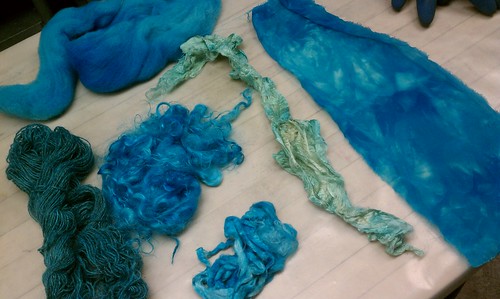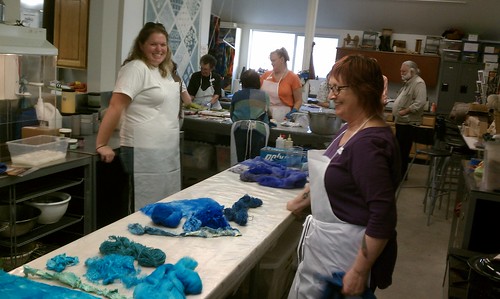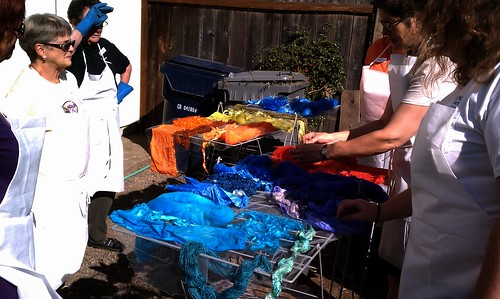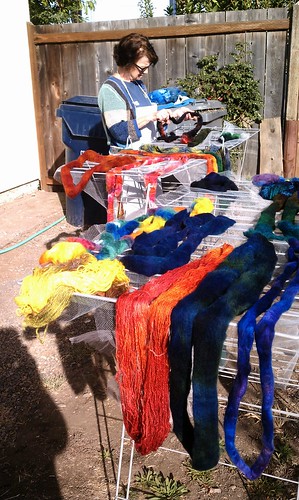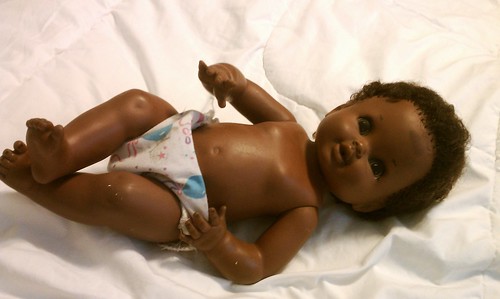
She originally belonged to my cousin but my aunt gave her to me after I cried like a brat as we were getting ready to leave. I was probably four years old but I still remember the day I sat crying in the backseat, hugging the doll like it was the end of the world until my aunt said I could have her.
I never really gave it much thought that I had a non-white baby doll. After all, I was a Hispanic kid in a Caucasian family, color just wasn't something I saw.
It turns out there's a bit of interesting history behind this doll. She was created in 1972 by Shindana Toys, believed to be the first company to mass-produce ethnically correct African-American dolls. After some research, it looks like her name is Zuri.
Shindana was a division of Operation Bootstrap, Inc., an offshoot of the civil rights movement founded two months after the Watts riots of 1965. Based in South Central LA, Shindana's goal was to create black consciousness and positive self image among African-American children and foster love by producing dolls and board games that children of all colors could relate to. They eventually produced Asian, American-Indian, Caucasian and Hispanic dolls before operations were ceased in the early 1980's.
Thanks to Shindana's profitability, other spin-offs such as The Honeycomb Child Development Center were created, where children of the neighborhood were cared for and given an educational head start. Shindana played a significant role in Operation Bootstrap by spreading profits and The Dream throughout the community.
She's more than just a doll, she's more like a bit of civil rights history.
